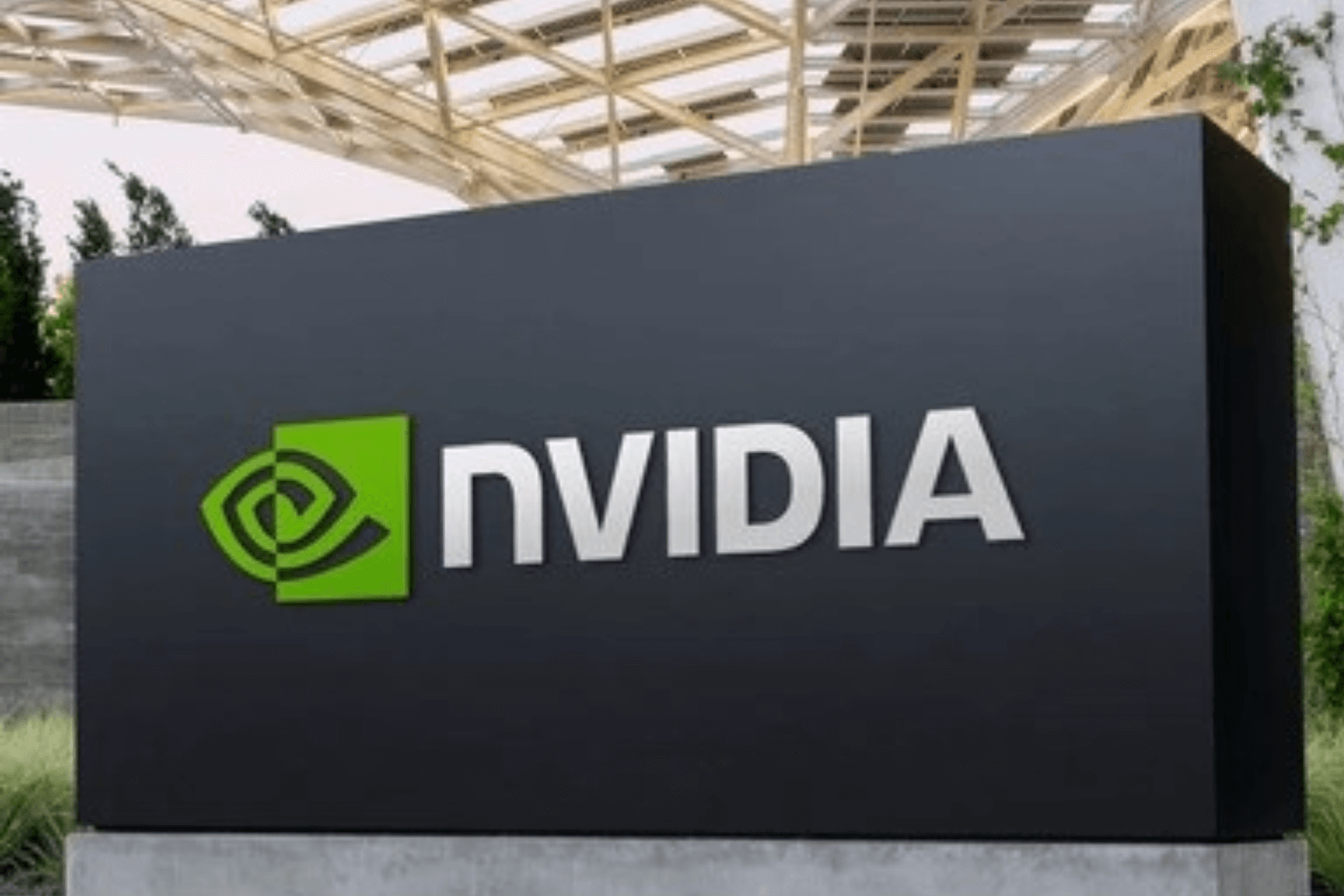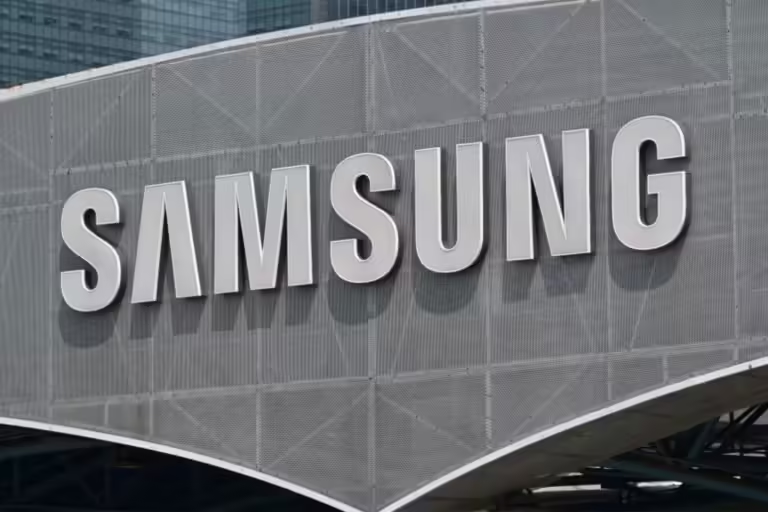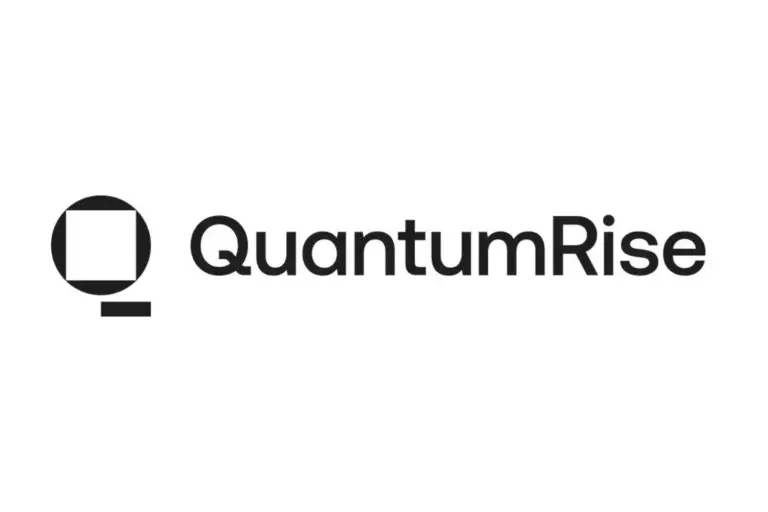
Nvidia to earn $12 billion from AI chips in China this year despite US restrictions
Nvidia expects to sell $12 billion in AI chips in China this year despite US export controls, thanks to new H20 chips designed to get around these restrictions. At the same time, Chinese tech companies face chip shortages and competition.
Nvidia is on track to sell $12 billion in artificial intelligence chips in China this year, despite US export controls that have hampered its business in one of the world’s largest semiconductor markets.
Analysts predict that the $3 trillion Silicon Valley company will ship more than $1 million of its new H20 chips over the next few months. These chips circumvent US regulations prohibiting the sale of AI processors to Chinese customers.
SemiAnalysis, a chip consulting firm, estimates that Huawei will sell nearly twice as many Ascend 910Bs as its Chinese competitor.
Nvidia is the latest Silicon Valley tech company to become embroiled in the ongoing disputes between China and the United States.
The Biden administration wants to halt the flow of these chips to China because China may use the world’s most powerful chips to develop stronger AI systems for the military.
Since there aren’t enough AI chips, Chinese tech companies like ByteDance, Tencent, and Alibaba can’t compete with OpenAI, Microsoft, Meta, and Google in an area of technology that is changing the space.
Each H20 chip costs around $12,000 to $13,000, which means that Nvidia is likely to make more than $12 billion in sales.
That’s more than the $10.3 billion it earned from its entire business in China in the fiscal year that ended in January 2024. That includes selling graphics chips and other goods to PC gamers.
In 2022, Biden’s government first made it harder for Nvidia to sell its most powerful AI chips in China. Since then, the US company has said that its business would suffer as cloud computing providers and AI start-ups in China switched to local options, such as Huawei.
During the company’s most recent earnings call in May, Jensen Huang, CEO of Nvidia, said, “Our business in China is substantially lower than the levels of the past.” “And because our technology is limited, it’s a lot more competitive in China now. “We will still do our best to serve the people in those markets, though. During the same call, Nvidia’s finance chief, Colette Kress, said that the company’s latest quarter revenue from its data centre segment, which includes AI chips, in China was “a lot lower than it was before the new export controls were put in place in October.”
China brought in more than a quarter of Nvidia’s total revenue until 2021 before the US started putting limits on exports. Analysts think that the H20 chip will sell well, but China could only account for about 10% of sales this year.
But that also shows how much growth Nvidia is getting from US tech companies that are building bigger and bigger AI systems. Before the new H20 came out this spring, Nvidia’s sales in China were lower.
Despite its inferior performance compared to Nvidia’s US chips, analysts at Morgan Stanley and SemiAnalysis report that the chip is currently shipping in large quantities and enjoying popularity among Chinese customers.
In a research note sent to clients this week, Morgan Stanley said, “Buyers report positive feedback on the potential competitiveness of H20 clusters.” The note cited “strong China demand” as an example.
Dylan Patel from SemiAnalysis said that the H20’s abilities were “on paper” less than Huawei’s 910B, but that Nvidia’s chip was “a decent bit ahead” in real life because it had better memory performance.
Challenges and Shifts in the Chinese AI Chip Market
During that time, he thought Huawei would sell about 550,000 910B chips. This is because the Shenzhen-based company and its manufacturing partners are having trouble making enough of the complicated processors to meet demand.
A lot of Chinese AI firms have built their models on top of Nvidia’s ecosystem and software. It would take a long time and cost a lot of money to switch to Huawei’s infrastructure.
In October 2022, the Biden administration made it harder for Nvidia to sell its most powerful chips to China. The A100 and H100 chips were included.
It made those controls even stricter at the end of last year, leaving out Nvidia’s newest chips as well. By November, Nvidia had begun selling a new set of chips made specifically for China. The H20 is the most powerful of these.
China brought in about 9% of Nvidia’s total revenue in the last quarter, which ended in April. This was down from 22% in the same quarter last year, which included chips for PC gamers, data centres, and other customers.
Even so, total sales from China, including Hong Kong, increased during that period, rising more than 50% year over year to $2.5 billion.


